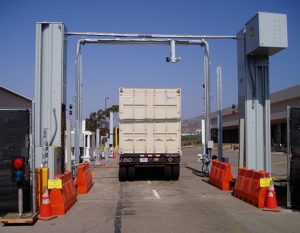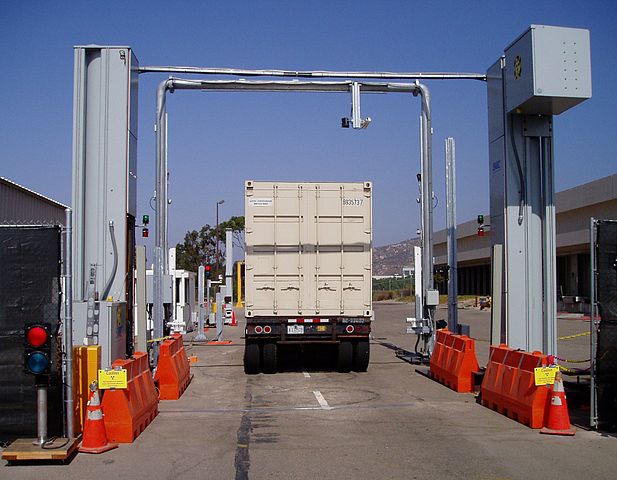 The Technical Experts Group on Non-Intrusive Inspection (TEG-NII) of the World Customs Organization (WCO) is continuing its work to create synergies between customs administrations and the non-intrusive inspection sector.
The Technical Experts Group on Non-Intrusive Inspection (TEG-NII) of the World Customs Organization (WCO) is continuing its work to create synergies between customs administrations and the non-intrusive inspection sector.
At the second TEG-NII meeting held May 3 to May 5, around 60 participants from WCO member administrations and NII industry members discussed progress made under the Unified File Format (UFF) Development Programme. They also tackled other NII-related topics, such as procurement of NII systems, equipment maintenance, and training of operators and image analysts.
The TEG-NII was established in 2016 with the objective of promoting synergies between customs and the non-intrusive inspection industry, particularly by developing a standard NII data format.
The standard format is aimed at facilitating inter-operability of different NII equipment provided by different manufacturers so as to enable the exchange of images in a unified file format within and between customs administrations. It also seeks to facilitate the development of databases or libraries of images and assist in the training of image analysts.
During the meeting, the experts discussed and endorsed the approach to implementing Phase 2 of the UFF Development Programme, which will involve setting the file structure and features, and testing the draft standard through a digital pilot, said WCO in a release.
Customs and industry also dialogued on the various issues customs administrations around the world face in procuring and maintaining their NII systems, as well as in training operators and image analysts.
They also agreed to develop further guidance materials such as an NII equipment compendium and model tender documentation, and to compile members’ best practices to assist the WCO members in their efforts in NII-related areas.
Non-intrusive inspection refers to the non-destructive methods of inspecting and identifying goods without the need to open the container and unload the cargo, largely by using technical equipment and machines such as X-ray or scanning machines.
Photo: Thufir





